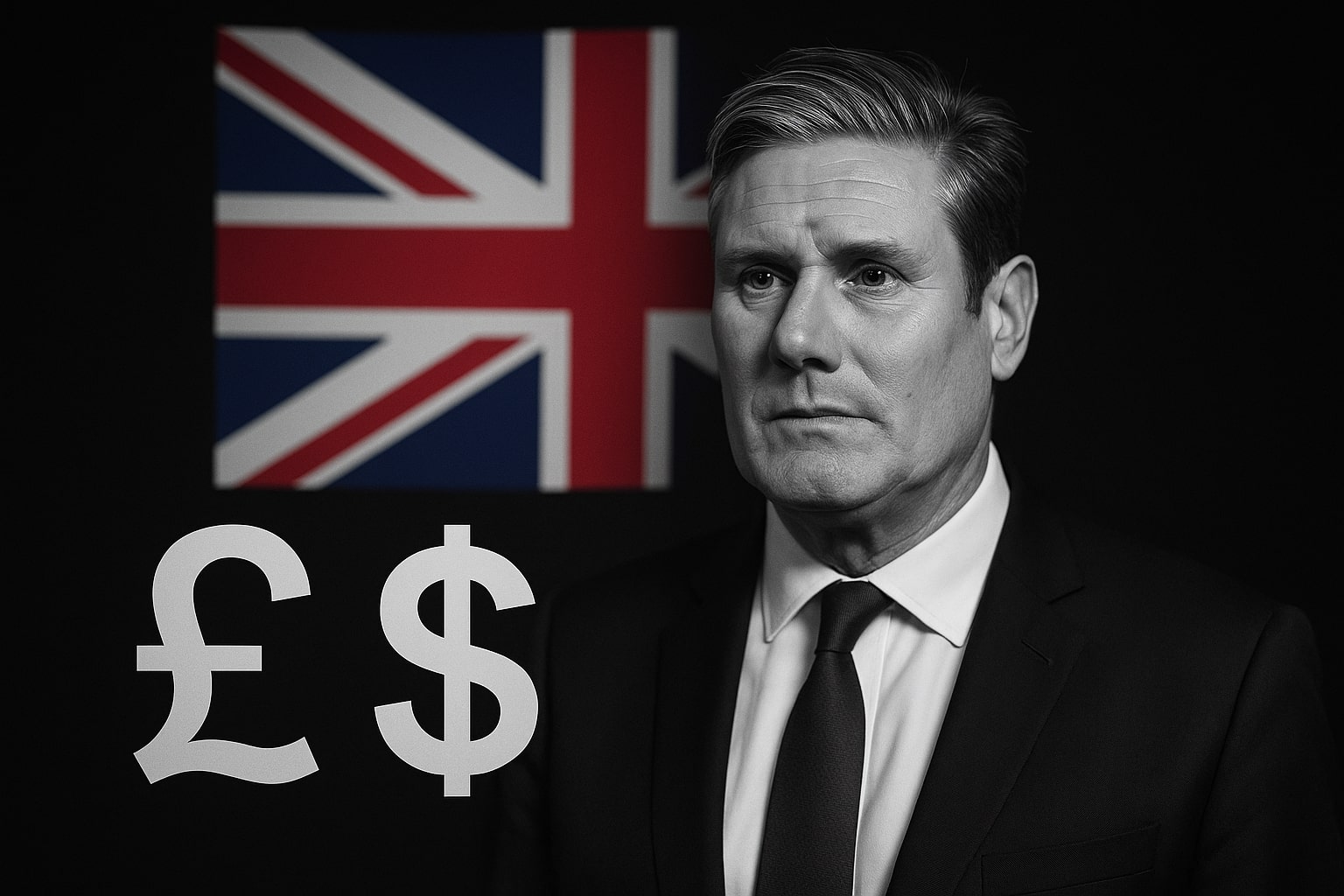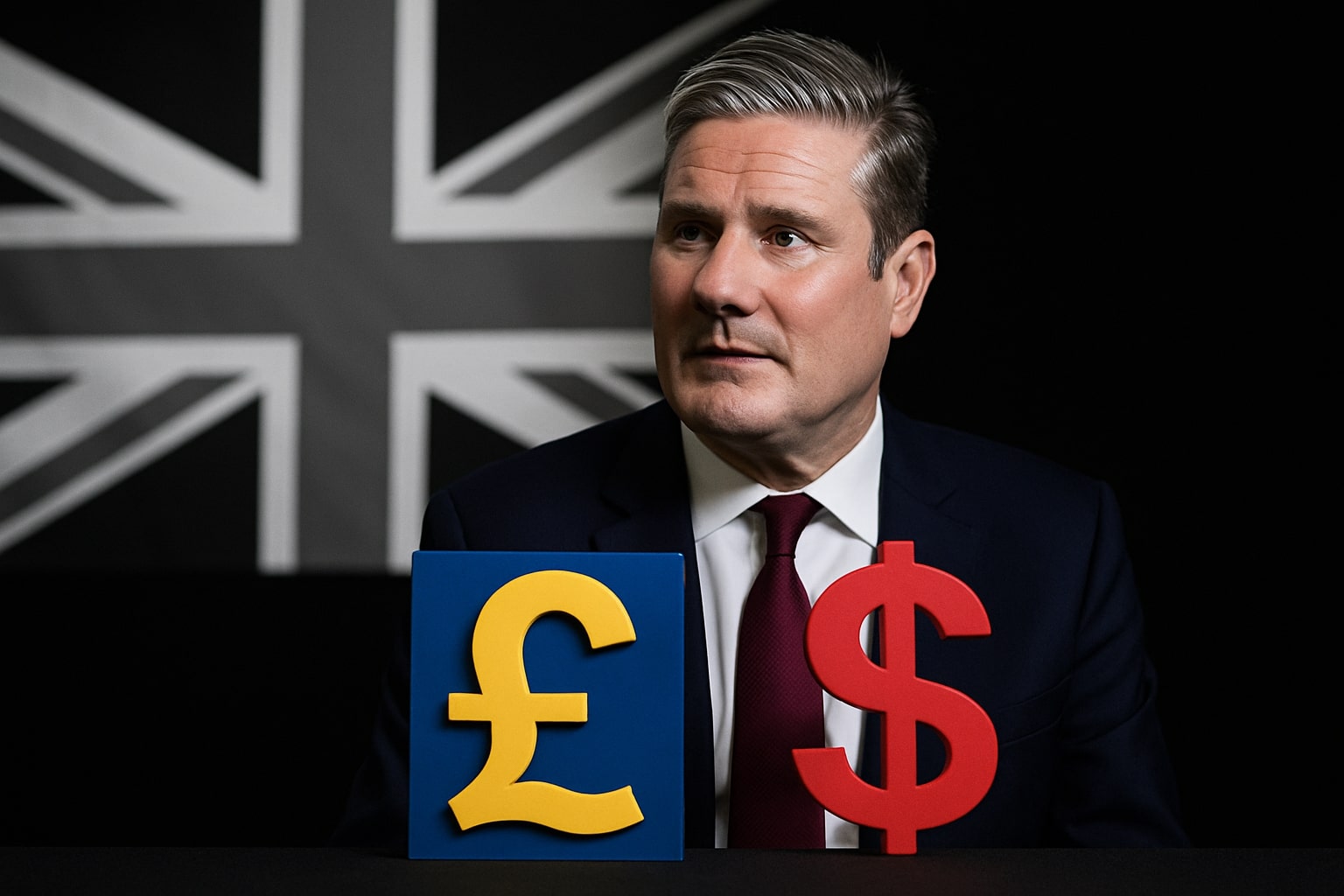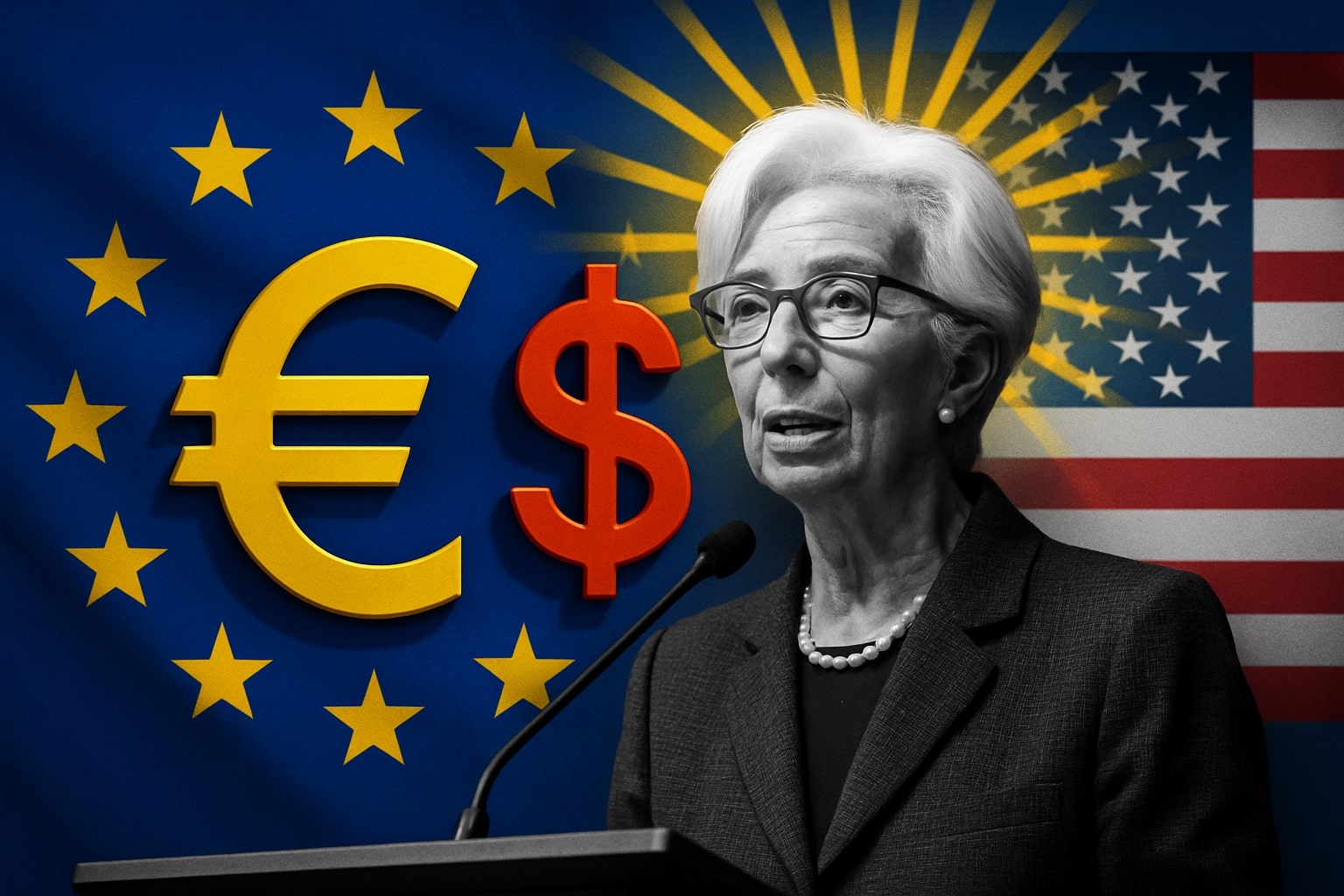
Pound Weakens as GBP/USD Falls Toward 1.33 After Softer UK CPI Sparks BoE Rate-Cut Hopes
Sterling steadies near 1.3360 as cooling inflation and fiscal risks weigh; traders eye U.S. CPI and FOMC decisions with BoE easing bets rising sharply | That's TradingNEWS
GBP/USD Price Forecast - Pound Slides Toward 1.33 as Softer UK Inflation Fuels Rate-Cut Bets
The GBP/USD pair traded near 1.3360 on Wednesday afternoon, recovering slightly after hitting an intraday low of 1.3305. The British pound came under renewed pressure following a weaker-than-expected UK inflation report, which reinforced expectations that the Bank of England (BoE) could cut rates as early as December. Headline CPI held steady at 3.8% YoY, below the 4.0% forecast, while core inflation eased to 3.5% from 3.6%. Markets reacted swiftly, with traders now pricing in 19 basis points of cuts for the December meeting, up from 11 bps just a day prior. The services inflation rate, considered a critical BoE metric, remained sticky at 4.7%, but the modest cooling across broader components like food and transport helped revive dovish sentiment among investors.
BoE Faces Renewed Pressure as Fiscal Constraints Loom
The weaker inflation print coincides with growing fiscal headwinds in the UK economy. A widening £25 billion budget shortfall has forced Chancellor Rachel Reeves to prepare spending cuts and potential tax hikes in the upcoming Autumn Budget, scheduled for November 26. These fiscal measures, coupled with slower growth and rising debt servicing costs, create a complex policy dilemma for the BoE. While inflationary pressures have started to ease, the combination of weak consumer demand and fiscal tightening argues for rate reductions sooner rather than later. Markets now assign nearly a 70% probability of a December rate cut. Yet, policymakers remain cautious, with Governor Andrew Bailey signaling that persistent services inflation could delay aggressive easing.
U.S. Dollar Dynamics Add Another Layer of Volatility
The weakness in GBP/USD is not solely a pound story; the U.S. dollar has also seen modest strength this week, with the Dollar Index (DXY) holding near 98.60, supported by safe-haven demand and upcoming U.S. data releases. The Federal Reserve is widely expected to cut rates by 25 basis points in its October 28–29 meeting, though this will depend on the outcome of Friday’s U.S. CPI report. If the data show persistent inflation, the Fed may choose to pause further easing, which would lend additional support to the greenback. For now, traders remain cautious ahead of key U.S. releases, which include global PMI figures and corporate earnings that could influence overall risk sentiment.
Technical View: GBP/USD Holds Fragile Support Above 1.33
From a technical standpoint, GBP/USD remains in a neutral-to-bearish setup. The pair continues to trade below its 20-day SMA at 1.3399, suggesting near-term selling pressure remains intact. A decisive close above this level could open the door for a test of the 50-day SMA near 1.3465, while a sustained move above 1.3500 would mark a stronger recovery phase. On the downside, immediate support rests at 1.3300, followed by 1.3248, the October 14 swing low, and then the 200-day SMA at 1.3212. The recent consolidation around the 1.33–1.34 zone reflects hesitation among traders, caught between expectations of BoE easing and a still-resilient U.S. dollar.
Services Inflation and Labour Data to Guide BoE’s Path
The BoE remains highly sensitive to developments in the services sector, which has been the core driver of sticky inflation over the past year. Although September’s print at 4.7% was slightly below estimates, policymakers remain wary of second-round effects from wage growth, which still averages above 6% YoY. Last week’s employment data signaled cooling momentum, with job vacancies declining for a ninth consecutive month, reinforcing the case for easing. However, the central bank’s caution stems from the risk that early rate cuts could reaccelerate inflation, particularly if energy prices rebound or fiscal policy turns more expansionary than expected.
Macro Outlook: Risk Sentiment and Fiscal Narrative Dictate Direction
Beyond monetary policy, GBP/USD faces competing crosswinds from global risk sentiment and domestic fiscal policy. The easing of U.S.-China trade tensions, coupled with optimism over potential tariff rollbacks, has helped stabilize risk assets, providing limited support to the pound. At the same time, the UK’s fiscal constraints and looming tax changes weigh heavily on investor sentiment. Any sign of a deeper slowdown in UK retail sales or consumer confidence could push GBP/USD closer to 1.3200, while confirmation of a Fed rate cut next week could limit the downside and trigger a modest rebound toward 1.3400–1.3450.
Read More
-
Is Nvidia (NVDA) Stock a Buy? +47% Upside Target as CUDA 13.1 and Rubin CPX Redefine the AI Race
08.12.2025 · TradingNEWS ArchiveStocks
-
XRP Price Forecast - XRP-USD Jumps to $2.08, Regulatory Clarity Fuel Rally Toward $3
08.12.2025 · TradingNEWS ArchiveCrypto
-
Oil Price Forecast - Oil Prices Drop Below $60 — WTI (CL=F) and Brent (BZ=F) Face Weak Demand and Fed Pressure
08.12.2025 · TradingNEWS ArchiveCommodities
-
Stock Market Today: Nasdaq Jumps to 23,627, Dow Jones at 47,774 as PSKY and IBM Stock Dominate Wall Street
08.12.2025 · TradingNEWS ArchiveMarkets
-
GBP/USD Price Forecast: Pound Builds Toward 1.35 on Fed Dovish Shift and U.K. Growth Revival
08.12.2025 · TradingNEWS ArchiveForex
Short-Term Outlook: Pound Stuck Between Dovish BoE and Fragile Dollar
In the near term, GBP/USD is likely to remain range-bound as traders balance dovish BoE expectations against a fragile but steady U.S. dollar. The immediate catalyst for volatility will be the U.S. CPI release on Friday, followed by global PMI data and the FOMC decision next week. Should inflation continue to soften in both economies, the pair could gradually recover toward the 1.35 region by November. However, if U.S. inflation proves stickier than expected, renewed dollar strength could send the pair back below 1.33, testing key support levels last seen in early August.
Overall, the pound remains pressured by domestic fiscal uncertainty and cooling inflation, while the dollar’s near-term resilience keeps the balance tilted slightly to the bearish side. The GBP/USD pair’s ability to hold above 1.33 will be crucial in determining whether the current correction turns into a deeper slide or a consolidation phase ahead of December’s policy decisions


















